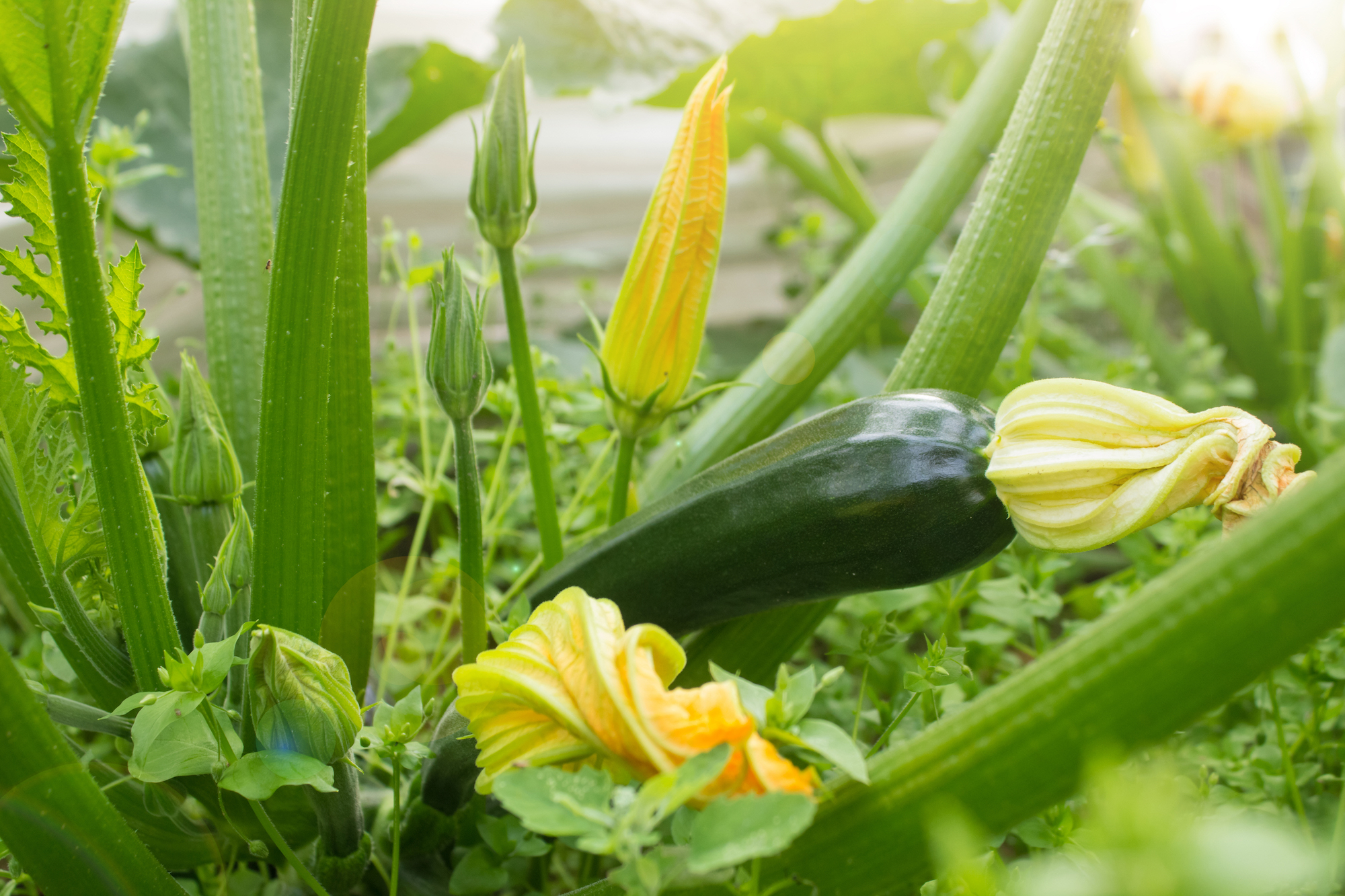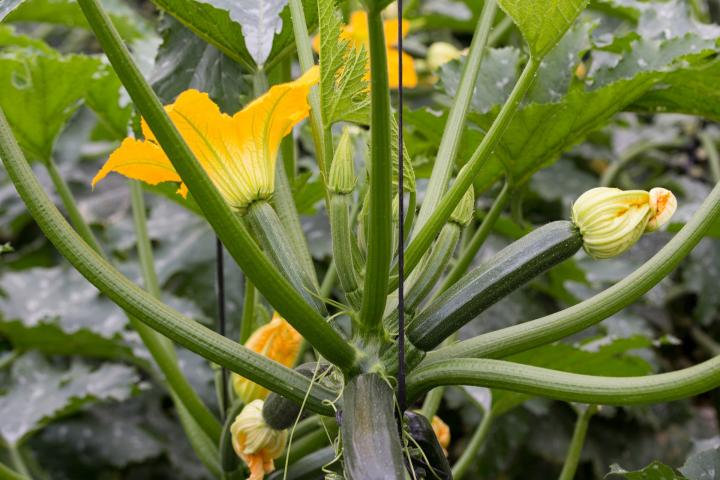
Planting, Growing, and Harvesting Zucchini & Summer Squash
- Zucchini can be overwhelming once it starts producing. While zucchini bread is great, there are many other ways to enjoy this summer squash! See our Best Zucchini Recipes.
- Squash flowers are edible and make a tasty treat when fried in a light batter.
ADVERTISEMENT
I have planted several bush-type zucchinis in balcony containers. They are producing lots of fruit, but the fruit are small and shrivelled at the blossom ends. I plan to add more soil including manure and peat moss, and move them to a brighter part of the balcony, hoping that more nutrition and sun will help. Perhaps uneven watering has been a problem. Any suggestions?
Hi Lois. Thanks for writing in!
There are a number of factors that can be affecting your plants’ growth. Growing zucchinis in containers can be tricky because they are more dependent on you for nutrients, especially calcium, which is needed for fruit production.
Small fruit can also be a sign of poor pollination, drought stress, or lack of sunlight. It is important to have pollinator attracting plants near your zucchinis for best pollination. Zucchinis need at least an inch of water each week and it is even more important to be mindful of watering practices when growing in containers. Zucchinis also need 6 to 8 hours of direct sunlight each day. You can also certainly add some organic matter to the existing soil.
Blossom end rot is also a possibility, but in those cases the fruit typically shrivels and rots in a short amount of time. Hope this helps!
I needed to plant my zucchini in a planter. Any suggestions for a good outcome?
Zucchini isn’t normally planted in a container but you can do it if you buy the right seeds. Look for ‘compact’ or ‘container’ types. Plant 2 seeds in 14-inch pots or planters. Once they germinate, you’ll remove the weaker one. You’ll certainly need to look into watering and fertilizer if growing in a container since the plant will rely on you versus mother nature for food.
Yellow Summer Squash lightly steamed is par excellence with butter/lemon juice~

 Image: Alvintus/Getty Images
Image: Alvintus/Getty Images








Comments